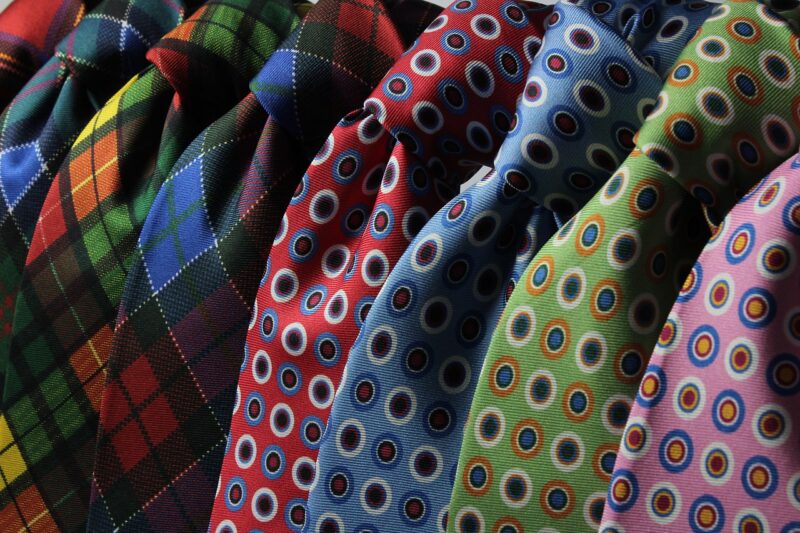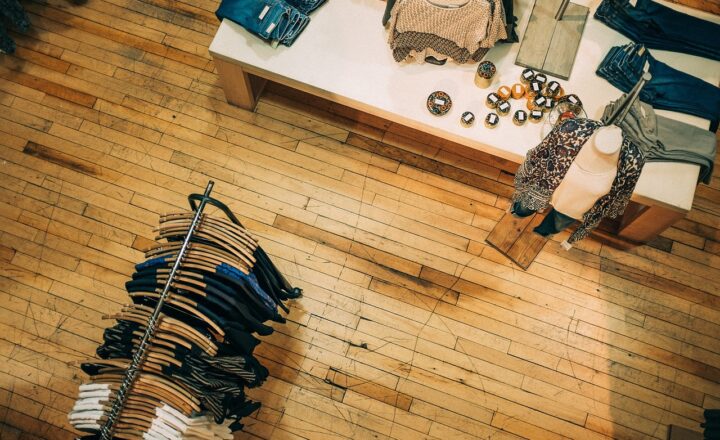
In a world increasingly driven by fast fashion, where trends come and go in the blink of an eye, the allure of secondhand and vintage shopping has emerged as a refreshing alternative. Shopping secondhand is not only an opportunity to discover unique and often one-of-a-kind garments, but it also allows you to make sustainable fashion choices that benefit the environment. This guide will explore the ins and outs of shopping for secondhand and vintage items, from knowing where to look to understanding how to incorporate those treasures into your wardrobe.
1. Why Choose Secondhand and Vintage Fashion?
Before diving into the nitty-gritty of how to shop secondhand, let’s take a few moments to discuss why you should consider this fashion route:
- Sustainability: Secondhand shopping extends the life of clothes, thereby decreasing waste and the environmental impact of the fashion industry. It’s a conscious choice that supports sustainability and combats overconsumption.
- Budget-Friendly: Thrift shops and consignment stores often sell high-quality items at a fraction of retail prices, allowing you to score significant savings on stylish pieces. You can build a unique wardrobe without breaking the bank.
- Unique Finds: Vintage shops and thrift stores often carry unique pieces that you won’t find in traditional retail environments. This gives you the opportunity to develop your personal style that stands out from the crowd.
- Quality Items: Many vintage items were made at a time when quality was prioritized over quantity. You might find garments constructed from durable materials and fabrics that have stood the test of time.
The desire for sustainable, budget-friendly, unique, and quality fashion is what makes secondhand shopping an appealing choice for many today.
2. Where to Shop Secondhand and Vintage
Finding the right places to shop can enhance your secondhand experience significantly. Here are several venues to explore:
- Thrift Stores: Local thrift shops are the holy grail of secondhand shopping. Stores like Goodwill and Salvation Army usually have a wide array of clothing donations. Visiting often will help you find new treasures as their inventory changes frequently.
- Vintage Stores: These shops specialize in curated vintage items, making them great for finding distinctive clothing from different eras. While they may be pricier than thrift stores, you’ll often find high-quality or even designer pieces here.
- Online Marketplaces: Platforms such as Poshmark, Depop, and eBay have become popular for secondhand shopping, allowing you to browse millions of items from the comfort of your home. Filter searches based on your style preferences and sizes to simplify your shopping experience.
- Consignment Shops: These stores sell gently used items on behalf of their original owners, offering a curated selection of high-quality garments. This can be an excellent option for designer pieces without the high price tag.
- Flea Markets and Swap Meets: Flea markets are treasure troves for unique finds. Vendors often offer a mix of new and secondhand items, and you may also discover clothing items from independent sellers who offer handmade or upcycled pieces.
As you explore these various shopping venues, keep an open mind, as you never know what curiosities and delights you may come across.
3. Tips for Successful Secondhand Shopping
Navigating secondhand and vintage shopping can be exciting yet overwhelming, especially for first-timers. Here are some helpful tips to consider:
- Don’t Go with a Detailed Item List: Instead of hunting for specific items, go with an open mind. Allow yourself to be inspired by what catches your eye. You might stumble upon something you didn’t even know you needed!
- Be Prepared to Dig: Shopping secondhand often requires digging through racks and bins. Take your time and look through everything as hidden gems may be just waiting to be discovered at the back of a rack.
- Check for Quality: Inspect items closely for signs of wear and tear, such as stains, holes, or loose seams. Don’t be afraid to check the fabric along with the tags for material information. This will help you make informed choices and invest in quality pieces.
- Try It On: Whenever possible, try clothing on before purchasing. Sizing can vary greatly across different brands and eras, and fitting is crucial for vintage pieces. Some stores have fitting rooms, while others might require a little creativity if on a budget.
- Negotiate Prices: For flea markets or secondhand vendors, don’t hesitate to negotiate prices when applicable. Many sellers are open to haggling, and you might walk away with an even better deal!
These tips will help you maximize your chances of finding those unique pieces while enjoying the secondhand shopping process.
4. Styling Your Secondhand and Vintage Pieces
Once you’ve discovered some stunning secondhand and vintage finds, the next step is incorporating these pieces into your daily outfits. Here’s how to style them:
- Mix with Modern Pieces: Pair vintage garments with contemporary items to create a balanced look. For example, a vintage blouse can work beautifully with modern jeans or a trendy jacket, allowing your unique pieces to shine without overwhelming the outfit.
- Accessorize Thoughtfully: Accessories can elevate any outfit. Consider wearing statement jewelry or a stylish belt to complement your vintage pieces. This can also help tie them into your overall style vibe.
- Experiment with Layers: Vintage items usually come in unique shapes and fabrics that can lend themselves well to layering. Try layering a vintage dress over a turtleneck or adding a vintage scarf to elevate a minimalist look.
- Understand Care Requirements: Some vintage pieces may require special care to maintain their quality. Make sure to check care labels and consider dry cleaning certain items to ensure they last longer.
- Confidence is Key: Wear your vintage pieces with confidence! The uniqueness of your finds is what makes them special, so own your style and don’t be afraid to express yourself through fashion!
The way you choose to style your secondhand clothes has the power to transform them into standout pieces that reflect your individuality.
5. Caring for Your Secondhand and Vintage Clothing
To keep your secondhand treasures looking fresh and fabulous over time, it’s essential to care for them properly. Here are some pointers:
- Wash with Care: For more delicate materials, consider handwashing or using a gentle cycle on your washing machine. Be sure to research fabric care instructions for anything unique. Avoid aggressive dry cleaning chemicals that can damage certain fabrics.
- Store Properly: Store your secondhand clothes in a cool, dry place to prevent mold or mildew. Use padded hangers for delicate items and store sweaters folded to prevent stretching out of shape.
- Repair & Maintain: Don’t shy away from minor repairs! Learning to sew simple hems or attaching missing buttons can help keep your clothing in great condition and extends its life significantly. There are also local tailors who specialize in alterations for vintage apparel.
By giving your secondhand garments the same TLC you would give new purchases, you can continue to enjoy your unique finds for years to come.
Conclusion
Secondhand and vintage shopping offers a treasure trove of unique fashion finds that allow you to express your personal style while supporting sustainable practices. By exploring thrift stores, vintage shops, and online marketplaces, and employing the tips shared, you can curate a wardrobe rich in character and charm. Enjoy the thrill of chasing down unique finds, experimenting with different styles, and making choices that benefit the environment. So go ahead and dive into the world of secondhand fashion—your wardrobe awaits!
In conclusion, with a little patience and creativity, shopping secondhand can lead to unparalleled fashion rewards and a more sustainable wardrobe.






